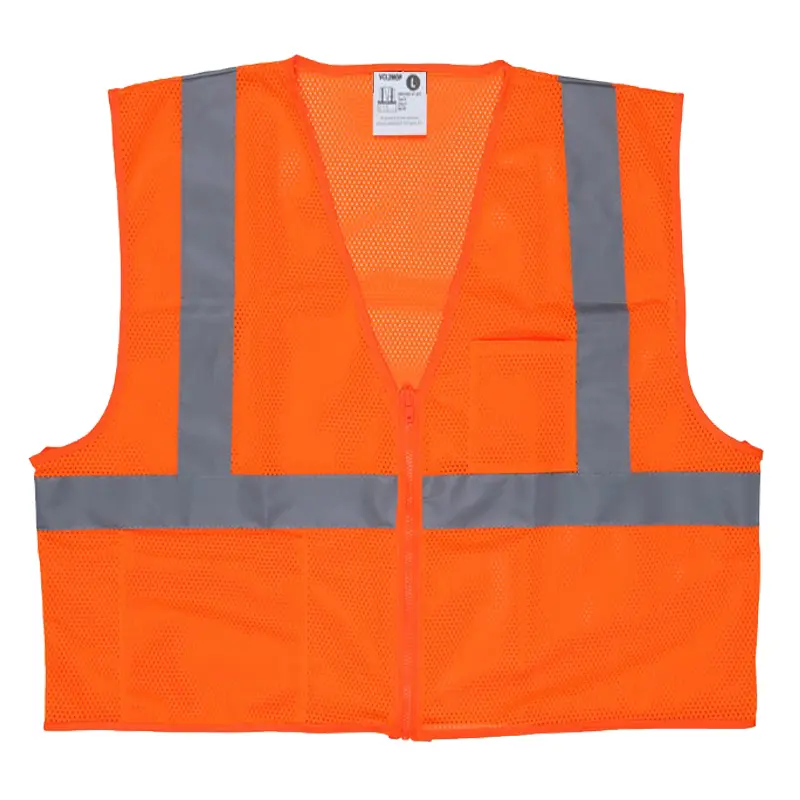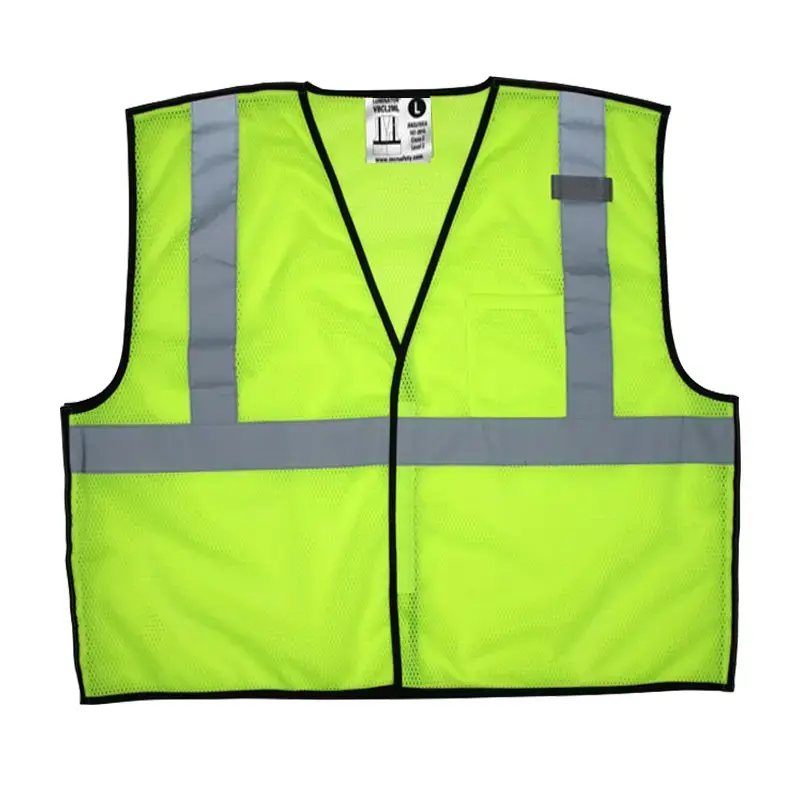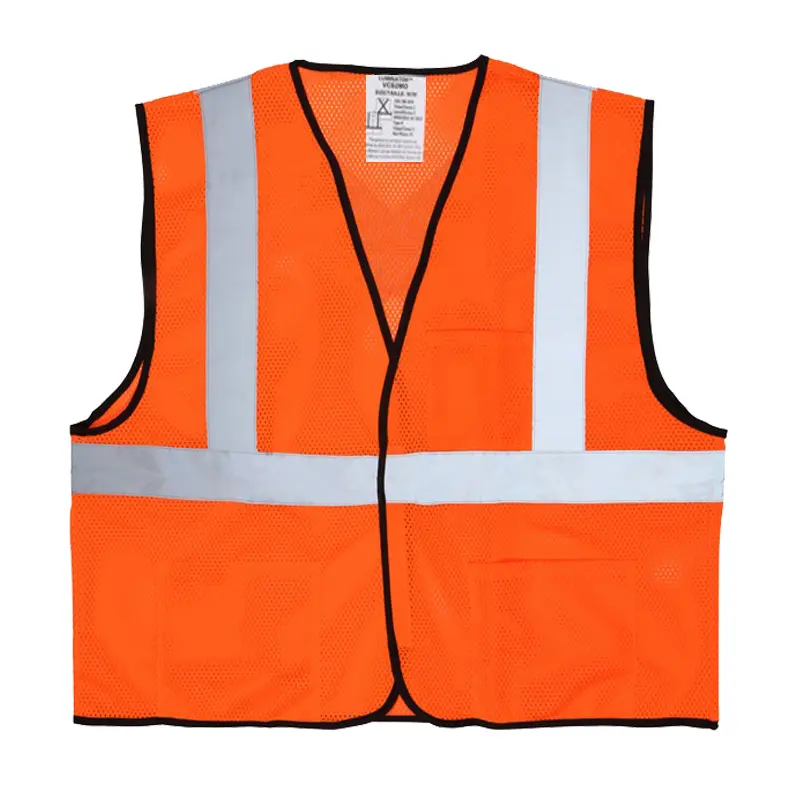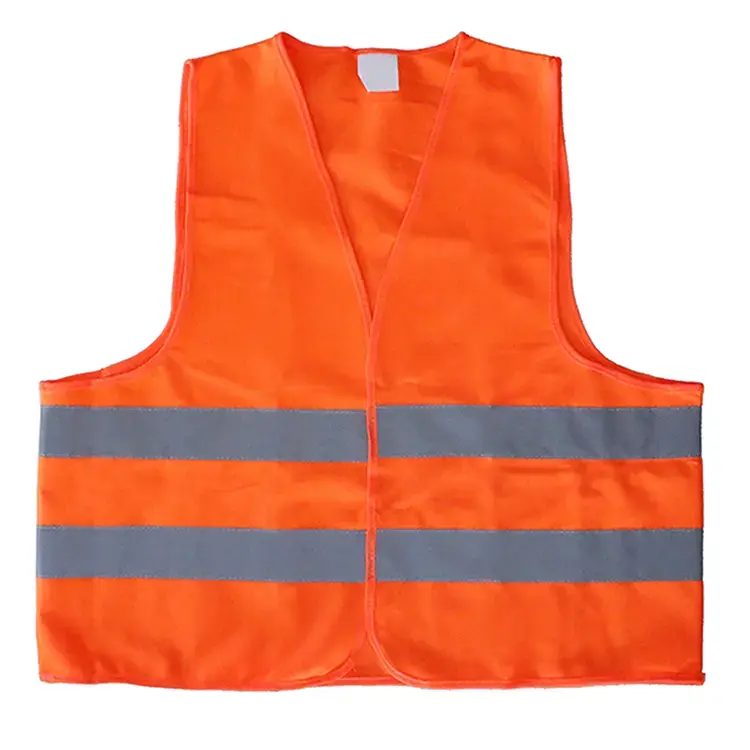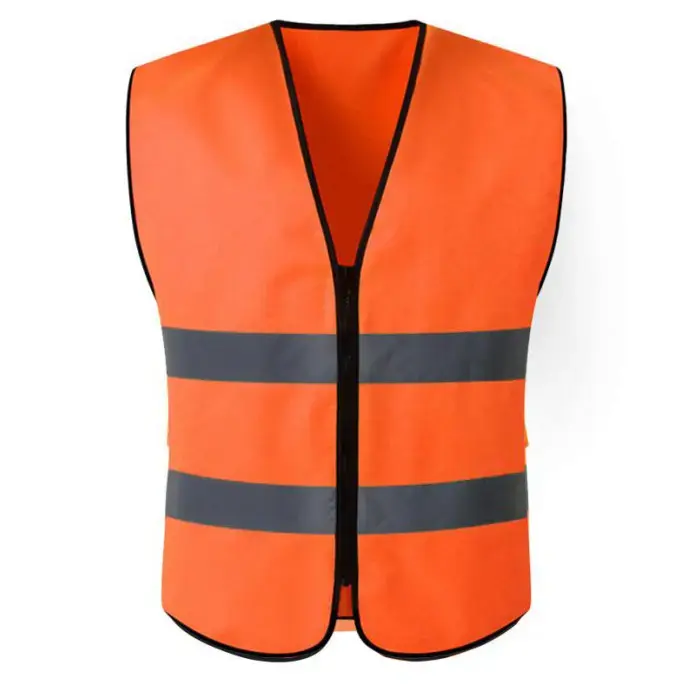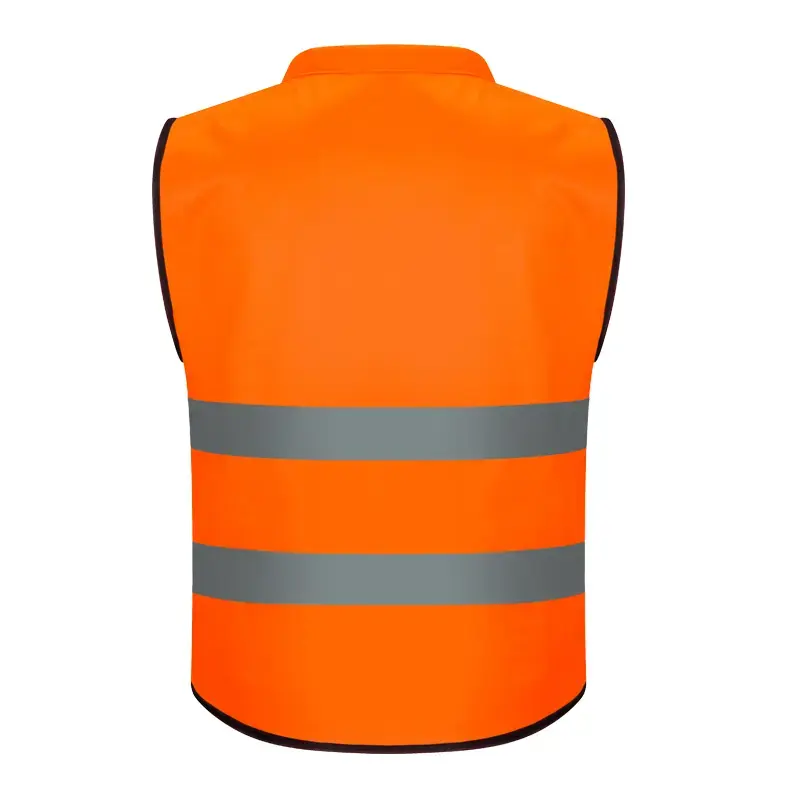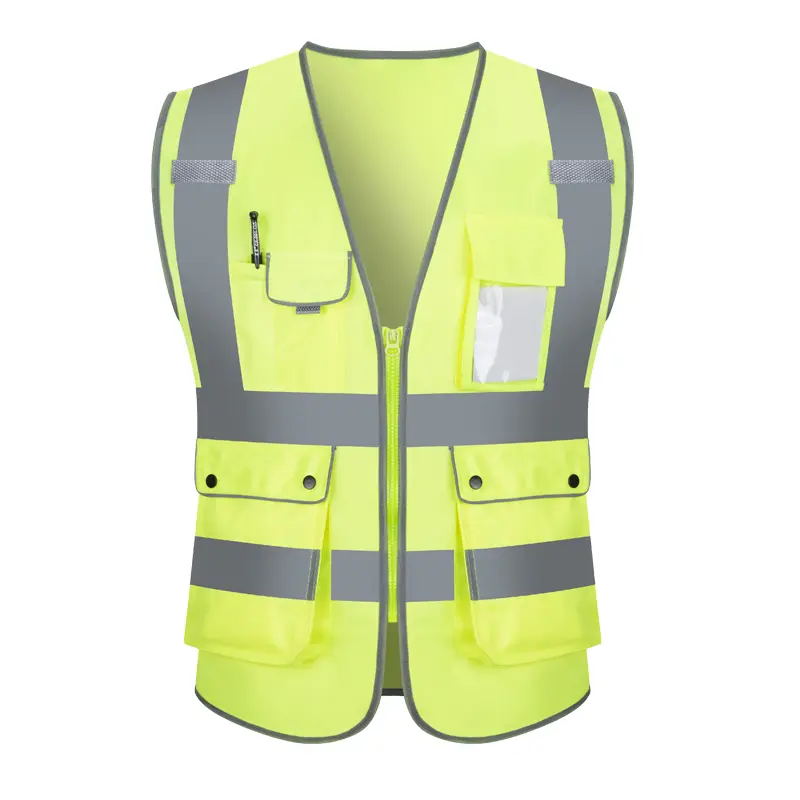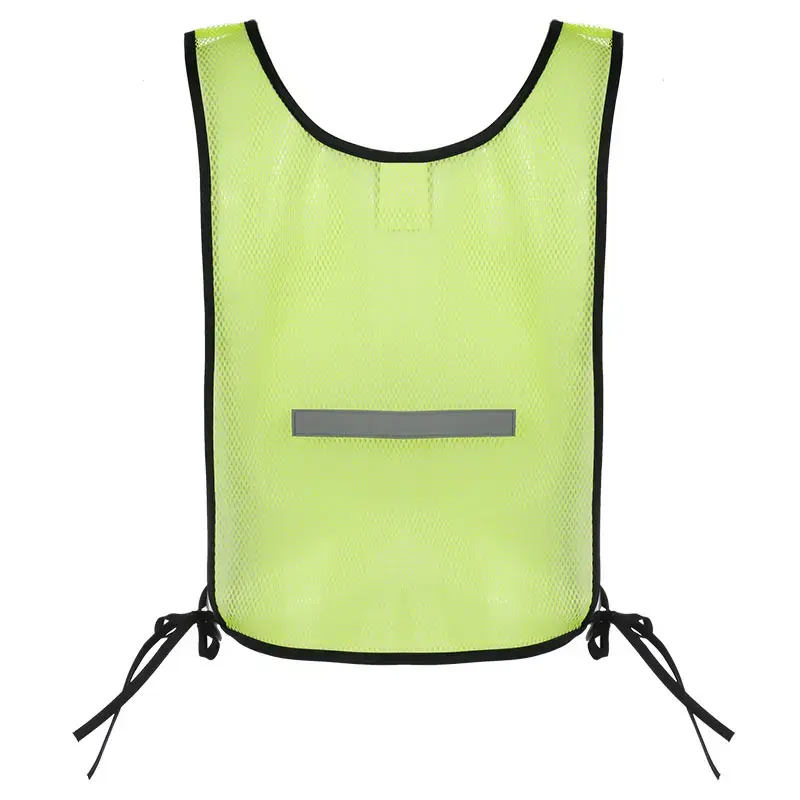Reflective Clothing Usage Guide: Improve Safety and Visibility
Introduce
In an increasingly busy world, safety is crucial, especially for those who work or engage in activities near roads or in low-light conditions. Reflective clothing has become a key component in improving visibility and ensuring safety. This blog aims to provide a comprehensive guide to the use of reflective clothing, covering its importance, types, standards and best practices in a variety of settings.
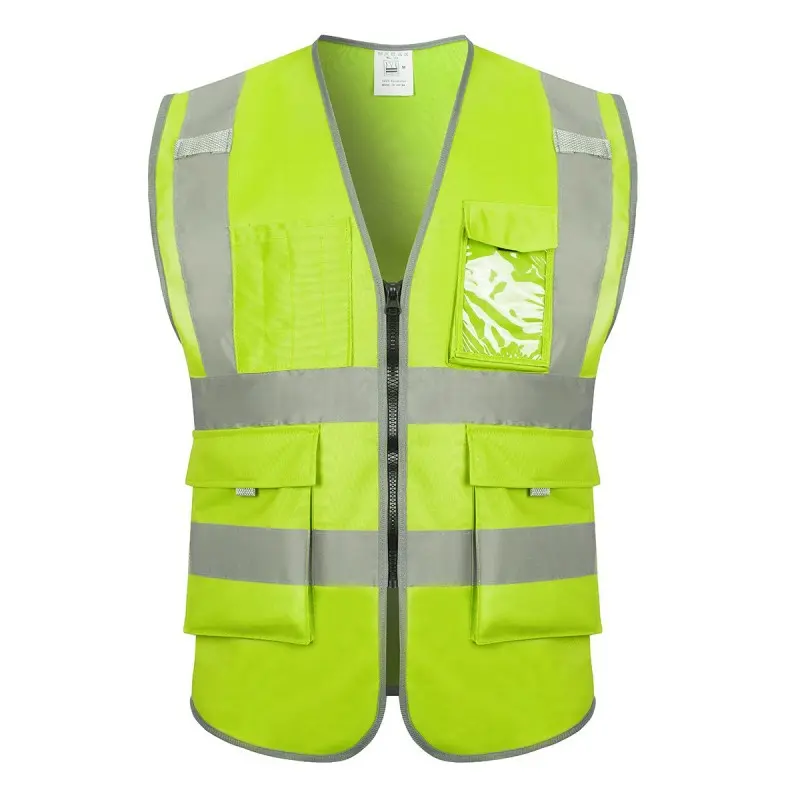
Learn about reflective clothing
What is reflective clothing?
Reflective clothing is designed to increase visibility in low-light conditions. It often contains materials that reflect light, making the wearer more visible to drivers and others around them. This type of clothing is essential for a variety of occupations, including construction workers, emergency responders, and outdoor enthusiasts.
The Importance of Reflective Clothing
Improved Visibility: Reflective clothing significantly increases the wearer's visibility, especially in low-light conditions such as dawn, dusk, or night.
Accident Prevention: Reflective clothing can help reduce the risk of accidents by making people more visible, especially in high-traffic areas.
Comply with regulations: Many industries have regulations that require the use of reflective clothing to ensure worker safety.
Peace of Mind: Wearing reflective clothing can provide a sense of security to individuals working or engaging in activities in potentially hazardous environments.
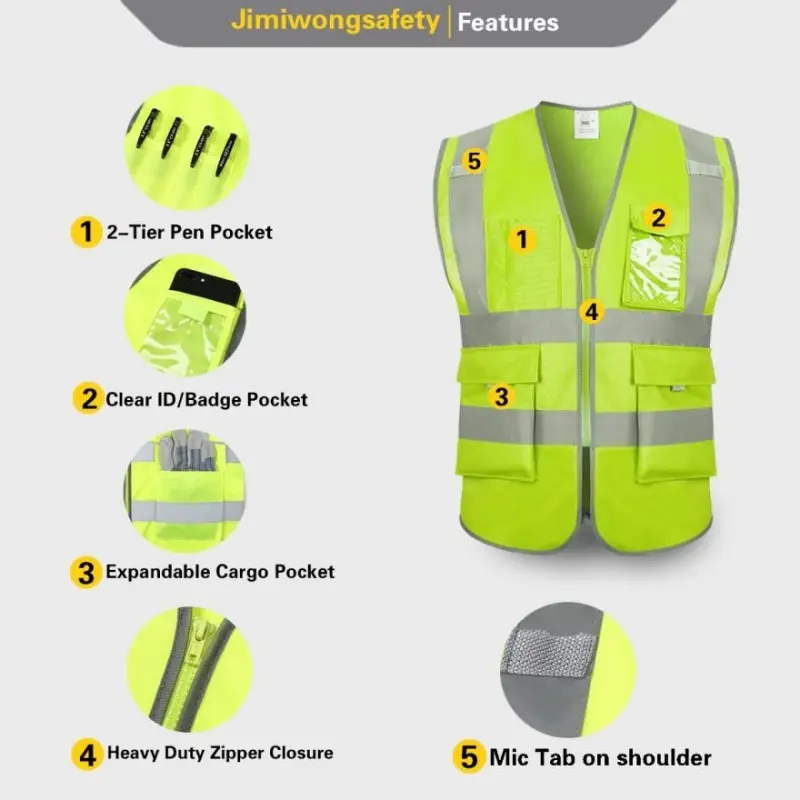
Types of reflective clothing
1. High Visibility Vest
High visibility vests are commonly used in construction, roadworks and emergency services. They are usually made of fluorescent materials with reflective strips.
2. Jackets and Coats
Reflective jackets and coats are designed for outdoor workers and provide warmth in addition to visibility. They often come with multiple reflective strips for added safety.
3. Pants and overalls
Reflective pants and overalls are essential for workers who require full-body coverage. These garments often have reflective strips on the legs to ensure visibility from all angles.
4. Accessories
Reflective accessories such as armbands, hats, and backpacks can increase visibility without having to change your entire outfit. These accessories are especially useful for cyclists and pedestrians.
5. Footwear
Some footwear is equipped with reflective material to ensure that the lower part of the body is visible in low-light conditions.
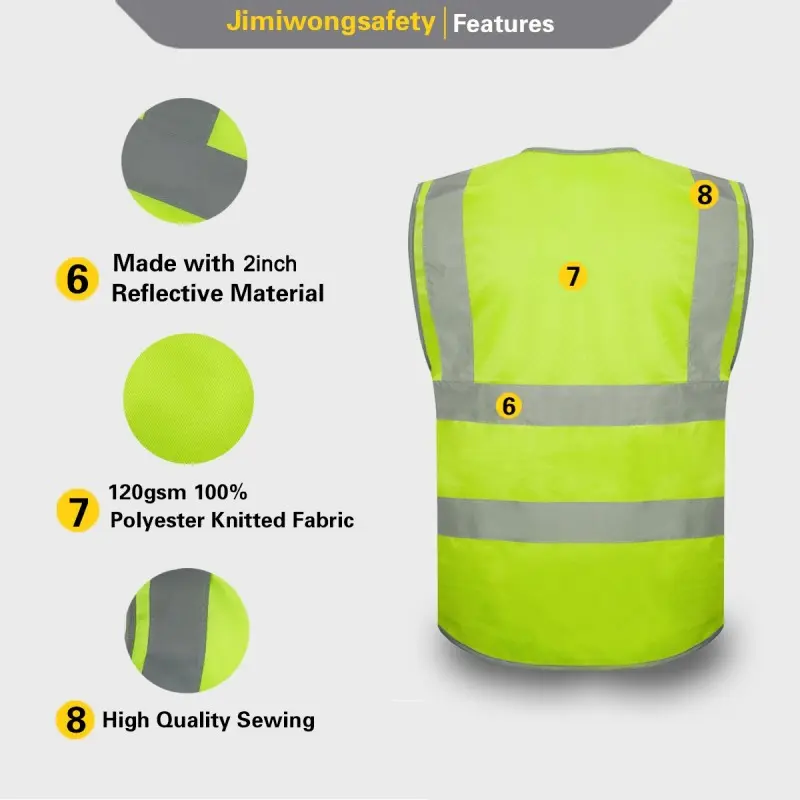
Standards and regulations
ANSI/ISEA 107 Standard
In the United States, the American National Standards Institute (ANSI) and the International Safety Equipment Association (ISEA) have developed guidelines for high-visibility safety apparel. The ANSI/ISEA 107 standard divides reflective clothing into three categories based on the visibility required in different environments:
Category 1: For use in low-traffic environments, such as parking lots or warehouses.
Category 2: Designed for moderate traffic environments, such as roadside construction zones.
Level 3: Suitable for high-risk environments with heavy traffic, such as highway construction.
European Standard
In Europe, the EN 471 standard regulates the use of high-visibility clothing. Similar to the ANSI standard, this standard classifies garments based on visibility and includes requirements for color, reflective materials, and garment design.
Other regulations
Various industries may have other regulations regarding the use of reflective clothing. For example, the U.S. Occupational Safety and Health Administration (OSHA) mandates the use of high-visibility clothing in certain work environments.
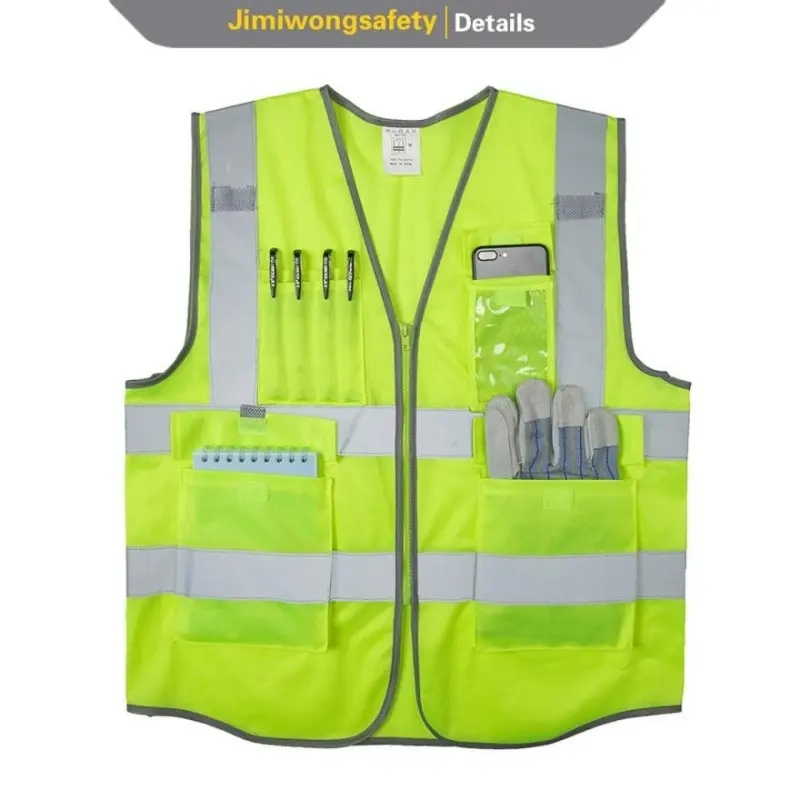
Best practices for using reflective clothing
1. Choose the right type
Choosing the right type of reflective clothing is crucial. Consider the environment in which you will be working or performing activities. For example, a construction worker may require a Level 3 vest, while a cyclist may only require a reflective armband.
2. Make sure it fits
Reflective clothing should be form-fitting to ensure maximum visibility and comfort. Loose-fitting clothing can obscure reflective materials, while clothing that is too tight can restrict movement.
3. Keep it clean
Dust and dirt can reduce the effectiveness of reflective materials. Clean reflective clothing regularly according to manufacturer's instructions to maintain visibility.
4. Dress in layers according to weather conditions
In colder climates, layer reflective clothing with warm clothing to keep you warm without affecting visibility. Make sure outer layers remain reflective.
5. Use additional reflective accessories
In addition to wearing reflective clothing, consider using accessories such as reflective armbands, hats, or backpacks to further enhance visibility.
6. Pay attention to color
Fluorescent colors, such as chartreuse or orange, are more visible during the day. When choosing reflective clothing, in addition to reflective properties, you should also consider color.
7. Check for damage regularly
Check reflective clothing regularly for signs of wear. Damaged reflective material may not provide adequate visibility, so replace any damaged clothing.
8. Educate others
If you work in a team environment, educate your colleagues on the importance of wearing reflective clothing and the proper guidelines for its use.
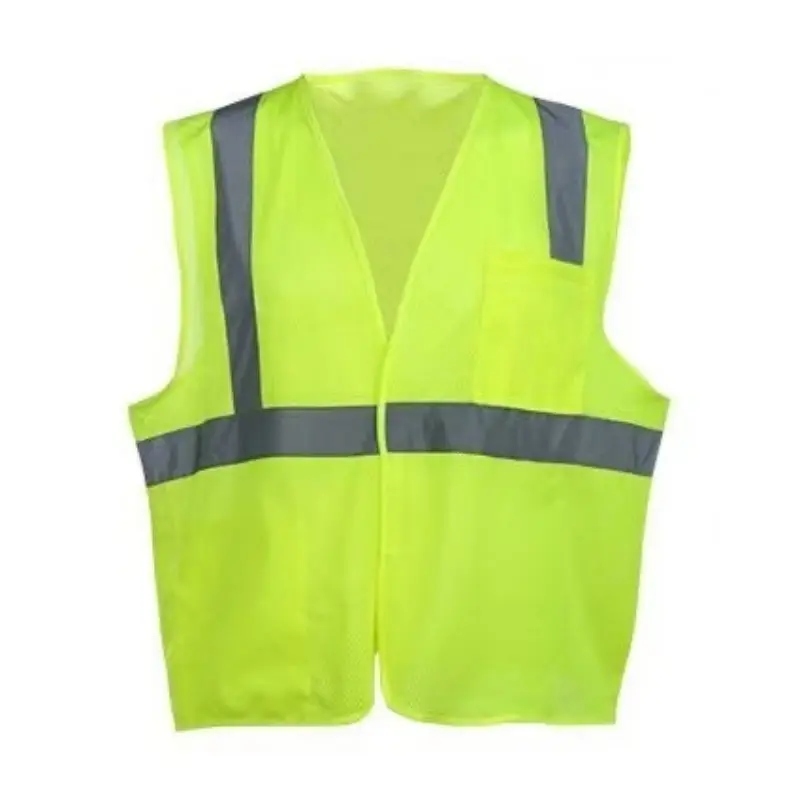
Reflective clothing in various environments
1. Construction site
Construction sites are one of the most dangerous environments for workers. Wearing high-visibility clothing is essential to ensure workers are visible to machine operators and passing vehicles.
Guidelines: Workers should wear Level 2 or Level 3 Reflective Vests depending on traffic volume. Ensure all workers are trained on the importance of visibility and the proper use of reflective clothing.
2. Roadside construction area
Workers in roadside construction zones face significant risks from passing vehicles. Reflective clothing is vital to their safety.
Guidelines: Use Level 3 reflective clothing, which provides the highest level of visibility. Make sure all workers are properly equipped and have signs in place to alert drivers.
3. Emergency Services
Emergency responders, including police, firefighters and paramedics, often work in poorly lit and high-traffic areas.
Guidelines: First responders should wear reflective clothing that meets ANSI/ISEA 107 Level 2 or 3 standards. This ensures they are visible to drivers and other responders.
4. Outdoor entertainment
Hikers, cyclists, and runners can benefit from wearing reflective clothing, especially when engaging in activities at dawn or dusk.
GUIDELINE: Choose lightweight, breathable reflective clothing for comfort. Use additional reflective accessories to increase visibility, especially when sharing the road with vehicles.
5. Industrial Settings
Workers in warehouses, factories, and other industrial settings may also need reflective clothing, especially in areas with vehicular traffic.
Guidelines: Follow industry-specific regulations regarding reflective clothing. Ensure all employees are trained on the importance of visibility and the proper use of reflective equipment.
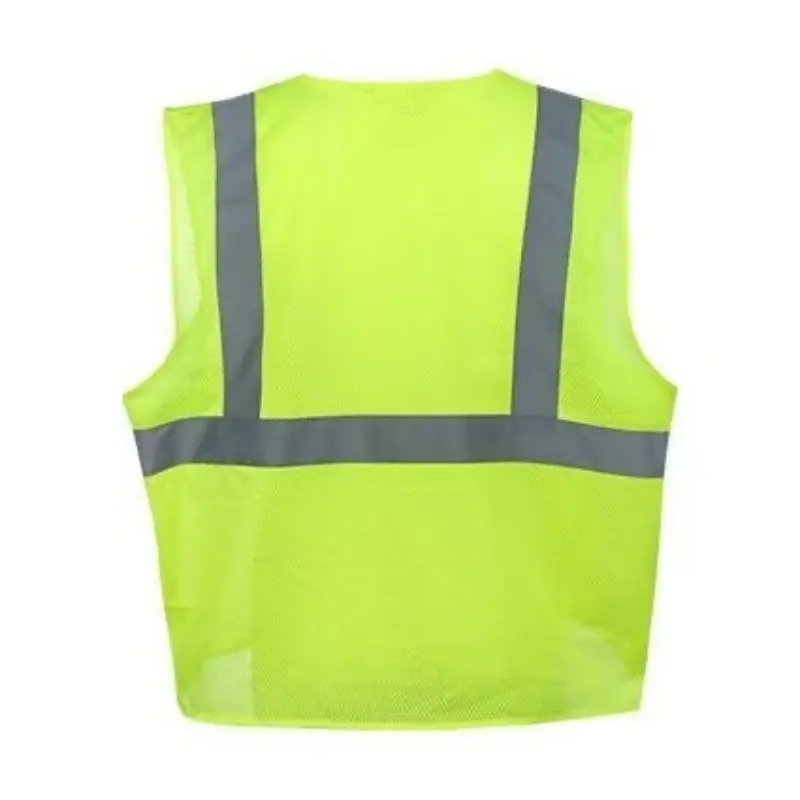
The role of technology in reflective clothing
Progress in reflective materials
Recent advances in reflective materials have led to more effective and durable options. These materials reflect light from all angles, improving visibility in different conditions.
Smart reflective clothing
Technological innovation has given rise to smart reflective clothing with integrated LED lights and sensors. These garments can adjust their brightness based on ambient light conditions, providing extra security.
Environmentally Friendly Choice
As sustainability becomes increasingly important, manufacturers are developing eco-friendly reflective clothing made from recycled materials. These options reduce environmental impact while providing the same level of visibility.
In conclusion
Reflective clothing plays a vital role in improving safety and visibility in a variety of environments. By following the guidelines outlined in this blog, individuals can ensure they are adequately protected while working or engaging in outdoor activities. Whether you're a construction worker, emergency responder, or outdoor enthusiast, investing in high-quality reflective clothing is a critical step in keeping you and those around you safe.
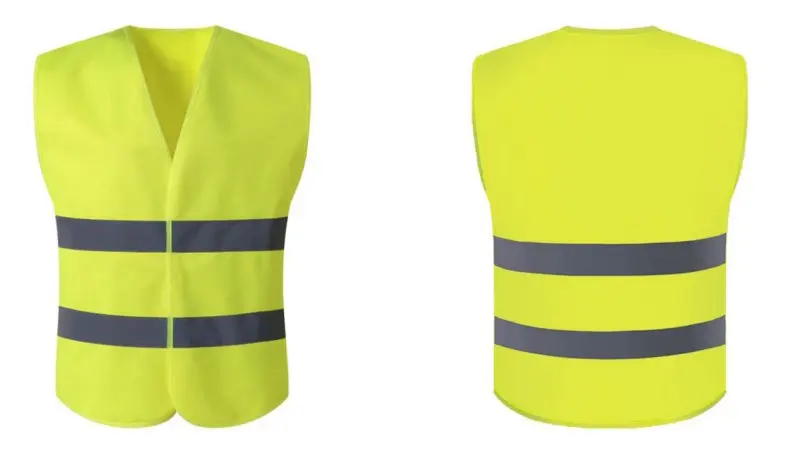
Other resources
For more information about reflective clothing standards and best practices, please consider exploring the following resources:
American National Standards Institute (ANSI): ANSI website
International Safety Equipment Association (ISEA): ISEA website
Occupational Safety and Health Administration (OSHA): OSHA website
European Committee for Standardization (CEN): CEN website
By following these guidelines and using reflective clothing appropriately, we can all create a safer environment for ourselves and others. Stay safe and stay visible!

